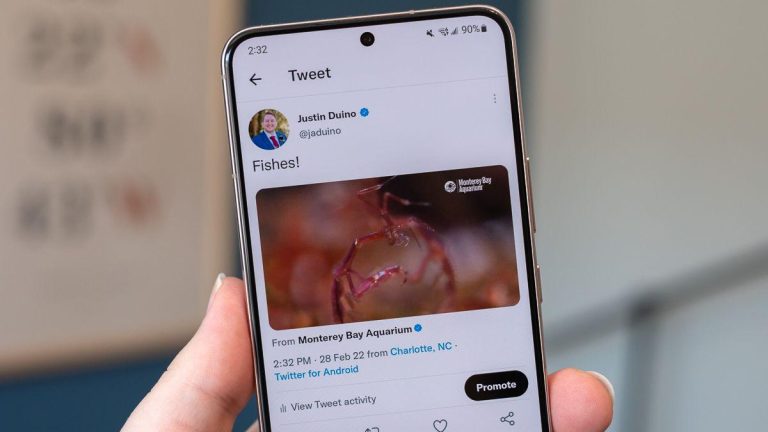A grainy 20-second clip can now set the day’s agenda. Within minutes, a video posted to X, formerly Twitter, can ricochet through campaign war rooms, cable news rundowns, and WhatsApp chats, reframing a policy debate or defining a candidate’s week. As the platform leans harder into video, the political conversation increasingly unfolds not in statements or threads, but in loops and snippets.
This article examines how that shift is happening and why it matters: how the “For You” feed, autoplay, and quote-posts accelerate the spread of political clips; how campaigns, activists, and media outlets engineer moments built for replay; and how edited context, subtitled sound bites, and creator monetization reward emotion over nuance. It also looks at the stakes-misinformation risks, the rise of AI-altered footage, and the shrinking capacity of audiences and institutions to verify in real time.
From election cycles to street protests, X’s video-first incentives are reshaping who gets heard and what sticks. The result is a faster, more visual, and more volatile public square-one where a viral video can outpace the facts, and the fight to control the frame begins the instant the camera starts rolling.
Table of Contents
- Algorithmic Amplification Turns Short Clips Into Agenda Setters in Real Time
- Microtargeted Edits Exploit Outrage and Identity Cues as Fact Checking Lags
- Actions for Campaigns Newsrooms and Platforms Add Context Cards Slow Resharing Elevate Source Originals and Disclose Edits
- Concluding Remarks
Algorithmic Amplification Turns Short Clips Into Agenda Setters in Real Time
On Twitter/X, seconds-long video fragments are now dictating newsroom rundowns and campaign talking points within minutes, as the For You feed prioritizes clips with high completion rate, rapid engagement velocity, and endorsements from influential accounts; the effect is a feedback loop in which journalists chase the moment the algorithm elevates, opposition researchers weaponize selective edits, and policy debates recalibrate around what audiences actually watch, with viral snippets functioning as de facto assignment editors while context and verification arrive later.
- Signals that lift clips: completion rate, retention, rewatches, reposts, quote-posts, bookmarks, and off-platform embeds.
- Network effects: amplification spikes when verified or high-follower nodes stack reposts within tight windows.
- Format advantages: native uploads with burned-in captions, vertical framing, and sub-30-second runtime outperform external links.
- Framing incentives: emotional peaks, visual clarity, and conflict-forward edits travel faster than procedural nuance.
- Agenda transfer: after trending, clips migrate to cable rundowns, newsletters, and committee hearing scripts, shaping what gets asked and answered.
- Corrections lag: Community Notes and follow-up reporting typically trail the initial surge, rarely matching the original reach.
Microtargeted Edits Exploit Outrage and Identity Cues as Fact Checking Lags
On Twitter/X, highly edited video snippets are being tailored to niche communities, leaning on outrage incentives and identity signaling while verification tools trail the narrative arc; analysts note that autoplay, looping, and quote-tweet scaffolding turn seconds-long clips into hours-long discourse, and consensus-driven systems like Community Notes often attach only after uptake peaks, by which point copy-paste reuploads and subtle reframings have splintered the provenance trail.
Tactics observed: • incendiary captions locked to frames that crop out exculpatory context • color palettes, emojis, and slogans keyed to partisan or cultural affiliations • subtitle swaps and dialect-coded phrasing to suggest “in-group” voice • micro-edits timed to live events to hijack trending tags • face-framing and zooms that imply guilt or emotion • montage cuts that splice unrelated scenes to imply causality
Distribution cues: • coordinated quote-tweets from mid-tier influencers to seed multiple lanes of virality • region- or language-specific hashtags that split scrutiny • near-identical reuploads with minor changes to evade prior notes • DM and Community sharing that bypasses public counters • verified accounts amplifying “just asking” clips that launder claims
Why it outruns checks: • fact-check latency tied to cross-ideological consensus thresholds • fragmented copies dilute a single correction’s footprint • moderation windows miss the first viral cycle • opaque edit histories complicate provenance • platform affordances reward speed and engagement over source integrity.
Actions for Campaigns Newsrooms and Platforms Add Context Cards Slow Resharing Elevate Source Originals and Disclose Edits
As Twitter/X videos accelerate political narratives, concrete steps can reduce misrepresentation and amplify verified information:
• Campaigns: disclose edits on every cut, attach raw-footage links and transcripts, add visible timestamps, and maintain public edit logs.
• Newsrooms: add context cards to embeds and threads, label splices and AI-assisted enhancements, elevate the source original in headlines and social copy, and mirror assets in verifiable archives.
• Platforms: algorithmically slow resharing of fast-moving clips pending verification, surface Community Notes-style annotations on the video player, elevate source originals in search and trends, and require machine-readable edit disclosures for uploads and reuploads.
Concluding Remarks
In the end, Twitter/X videos function as both megaphone and filter, accelerating political messages while compressing nuance into seconds. They redistribute influence among campaigns, newsrooms, and creators, and they reward speed and spectacle in ways that can outpace verification. Whether this reshapes civic debate for better or worse will hinge less on the next viral clip than on the structures around it: platform rules that govern visibility and context, newsroom standards for verification, campaign strategies that add substance, and user habits that value scrutiny over impulse. As new election cycles approach and the platform’s features continue to evolve, the contest over attention-and interpretation-will increasingly unfold on screen, in short bursts that can set agendas as quickly as they fade. The stakes are high, and the outcome will be decided not only by what people watch, but by how the system decides what gets seen.


